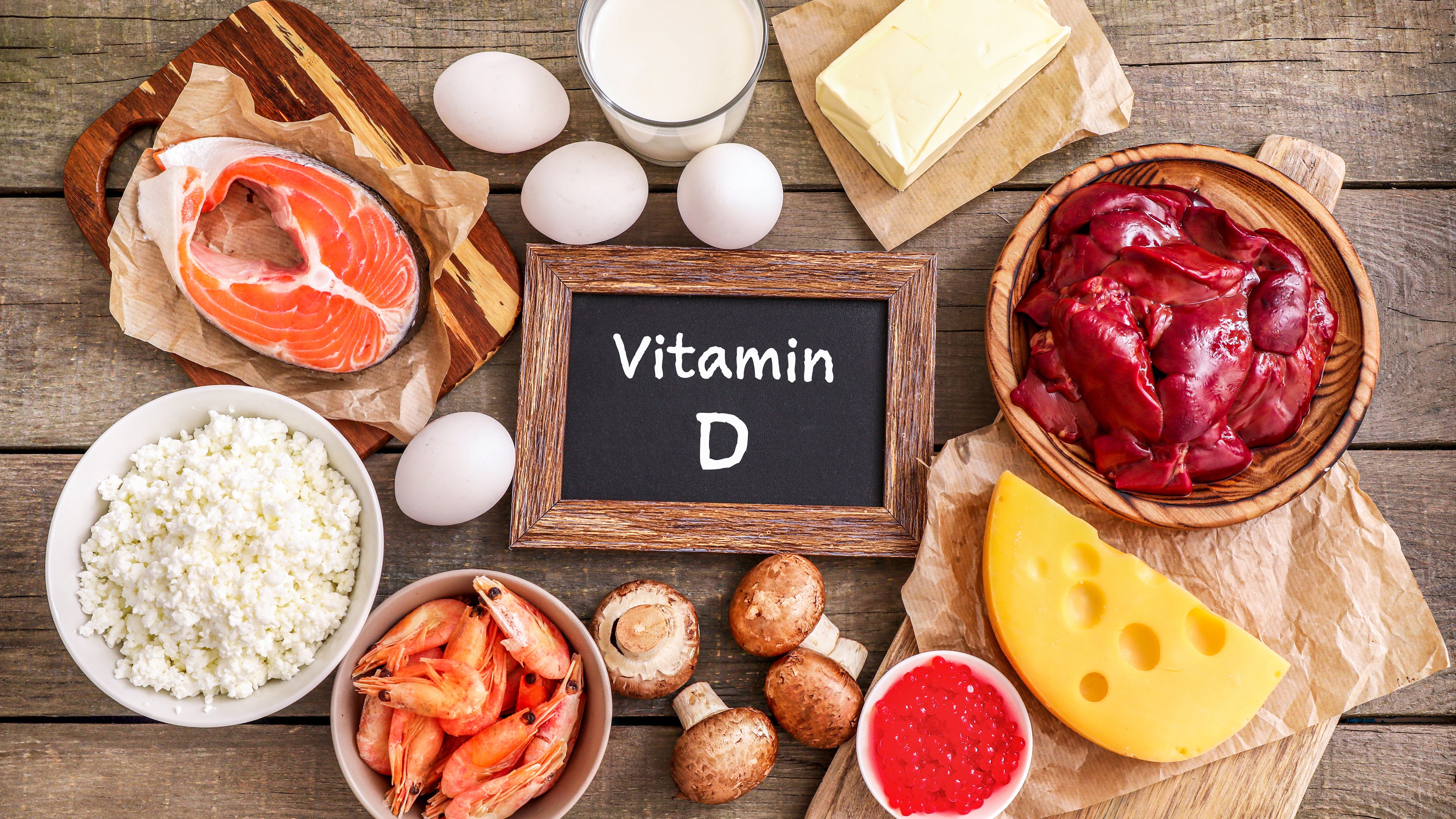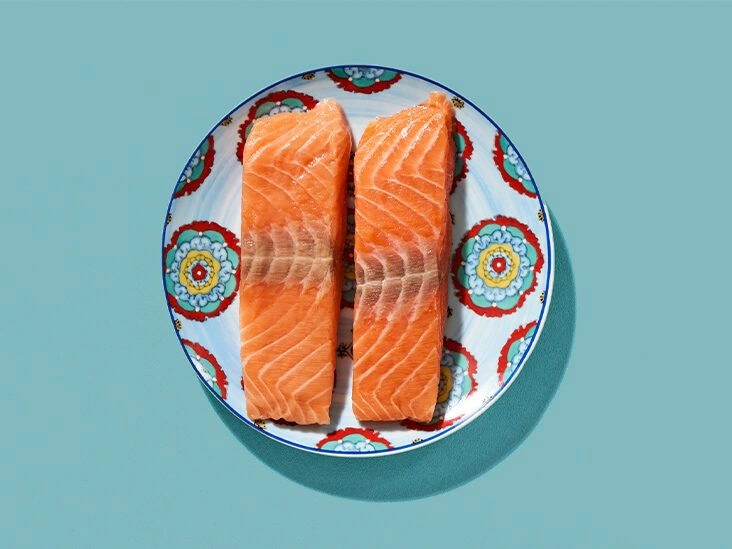Certain foods — including some fish, egg yolks, and mushrooms — provide vitamin D. Adjusting what you eat can help prevent or reduce vitamin D deficiency.
The daily value (DV) for vitamin D is for adults 19 years and older.
On food labels, vitamin D is shown as a percentage of the DV. This indicates how much of your daily vitamin D requirement a serving supplies.
About of sun exposure twice weekly usually produces adequate vitamin D. Still, to lower skin cancer risk, obtaining vitamin D from diet or supplements is generally safer.

1. Fatty fish
A 3.5-ounce (100-gram) portion of farmed Atlantic salmon contains or 55% of the DV. Generally, wild salmon has higher vitamin D levels than farmed varieties.
Vitamin D amounts also vary by the salmon’s origin. One found that salmon from the Baltic Sea provided 556–924 IU of vitamin D per 3.5-ounce (100-gram) serving, equal to 70–116% of the DV.
Other fatty fish are also rich in vitamin D. and supply 190 IU and 643 IU per 3.5-ounce (100-gram) portion, respectively.
2. Herring and sardines
provides 167 IU per 3.5-ounce (100-gram) serving, about 20% of the DV.
is another solid source, offering 113 IU per 3.5-ounce (100-gram) serving, or roughly 14% of the DV. Note that pickled herring is high in sodium (870 mg per serving), so it may not be suitable if you’re watching salt intake.
Canned sardines also offer vitamin D. A 3.5-ounce (100-gram) serving supplies or 24% of the DV.
3. Cod liver oil
If you aren’t fond of fish, cod liver oil is an alternative for increasing vitamin D intake.
About (4.9 mL) of cod liver oil provides 56% of the DV.
4. Canned tuna
Canned tuna is often less expensive than fresh fish and has a longer shelf life. A 3.5-ounce (100-gram) serving of contains 269 IU of vitamin D, which is 34% of the DV.
However, tuna can contain mercury, a heavy metal present in many fish species. Mercury accumulates in the body over time and can sometimes cause serious health issues.
Mercury levels in canned tuna vary by species. Light canned tuna comes from smaller fish and is , so moderate consumption is acceptable.
Pregnant or breastfeeding people should limit themselves to of lower‑mercury fish per week.
5. Eggs
The yolk of a single large egg (50 g) contains , or 5% of the DV.
Boosting hens’ dietary vitamin D, exposing hens to UVB light, or exposing egg yolks to UVB can raise the egg’s vitamin D content.
Choosing eggs from pasture-raised chickens or eggs marketed as high in vitamin D can help you meet daily needs.
:max_bytes(150000):strip_icc()/vitamin-d-foods-GettyImages-1420174763-7c3b289753e846e8ab9e1d1029eff3a6.jpg)
6. Mushrooms
Apart from fortified items, mushrooms are the only notable non-animal source of vitamin D.
Like people, mushrooms can produce vitamin D when exposed to UV light. Mushrooms make vitamin D2, while animals produce vitamin D3. Although vitamin D2 raises blood vitamin D, it may be less effective than D3.
Certain wild mushrooms are rich in vitamin D2 because of sun exposure. Morels, for example, provide per cup, which is 17% of the DV.
Many commercially grown mushrooms are cultivated in the dark and have minimal D2. Some are treated with ultraviolet (UV) light to enhance their vitamin D. One cup of UV-exposed cremini mushrooms contains , equal to 139% of the DV.
7. Vitamin D–fortified foods
Some products that naturally lack vitamin D are enriched with this nutrient.
Cow’s milk
In many countries, cow’s milk is fortified with vitamin D. In the U.S., 1 cup of fortified contains 111 IU of vitamin D, about 14% of the DV.
Soy milk
Plant-based milk alternatives like soy milk are frequently fortified with vitamin D and other nutrients found in cow’s milk.
One cup of sweetened plain soy milk contains , or roughly 23% of the DV.
Orange juice
One cup (249 g) of contains about 100 IU of vitamin D, or 12% of the DV.
Orange juice can be high in added sugars. When possible, choose varieties with less added sugar.
Vitamin D and calcium
Vitamin D is essential for calcium absorption in the body, which is vital for maintaining strong bones and skeletal health.
Adequate intake of vitamin D and calcium is important for supporting bone health and preventing conditions such as osteoporosis, which features fragile, brittle bones.
Calcium needs vary by age:
- Children 4–8 years: 1,000 mg
- Children 9–18 years: 1,300 mg
- Adults 19–50 years: 1,000 mg
- Adults over 50: 1,200 mg
The takeaway
Although the body can produce vitamin D from sunlight, relying on sun exposure isn’t the safest approach. Therefore, getting vitamin D from foods or supplements is usually the most reliable and safe method to meet your needs.
Foods that provide vitamin D include certain fish, eggs, mushrooms, and fortified items.


















Leave a Reply
You must be logged in to post a comment.